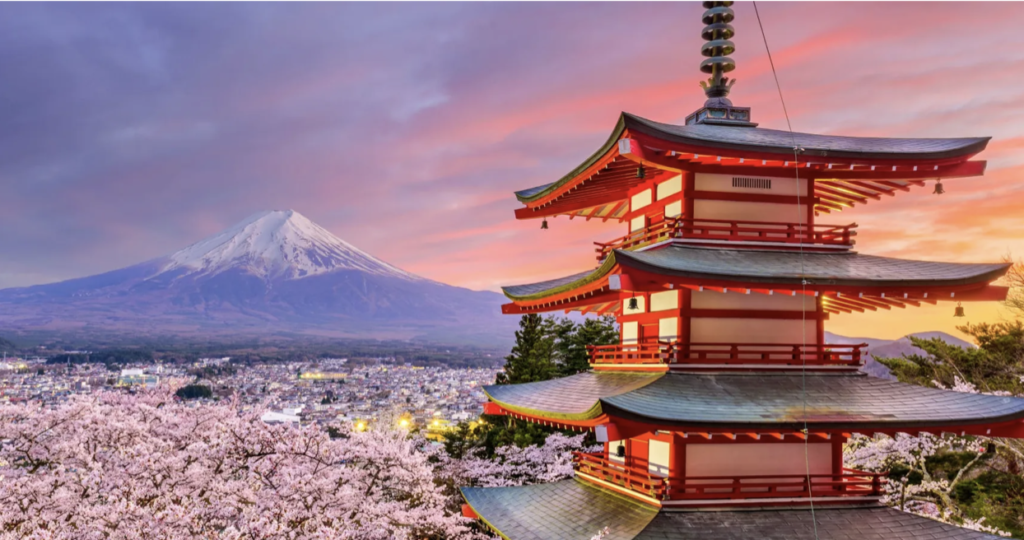By Jake Azrolan

Pre-industrial Japan and their entire culture and way of living has been shaped by the topography and geography of Japan. Japan sits on 4 tectonic plates. These plates cause natural disasters to occur like earthquakes, volcanoes, and tsunamis. Additionally, due to the tectonic plates, the mountainous regions of Japan, which make up the majority of the Japanese archipelago, are still continuing to rise. The shifting of the tectonic plates and rising of the mountains have led Japan to have the highest rate of erosion in the entire world. Yet, they are one of the most successful nations in the world. How are they so successful with all their setbacks? How could they reduce the erosion issue?
Furthermore, compared to most other countries, most of Japan’s land mass is unusable leading to few places to settle. People have documented that only between 14% to 35% of Japan’s landmass is usable for human settlement. As such, it is no surprise that Japan is the fifth most densely populated nation with 343 people per square kilometer. However, Japan was not always like this. There was a time like all other civilizations when the world was still not fully explored. In this case it was the archipelagoes that make up Japan. It is thought that most of the people that came and settled in Japan traveled from China and other countries from the Asian mainland. This time of settlement was the start of Japan. The history of Japan is broken up into many different periods such as the Edo period.
It is interesting how Japanese historians broke up the times of important Japanese events into different periods. However, there are several ways of looking at periodization of Japanese history. There is no right way to periodize a nation’s history. Periodization allows historians to record the past. Without periodization there is no history, just little windows into the past out of place and out of time. Periodization allows people to specify what event occurred within a specific period without stating everything that occurred there or their time periods. For example, when someone refers to the dark ages, the renaissance, or premodern Japan people already know generally what occurred in that time period.
It is important to note; however, the distinction given to Japan in the example above: “premodern.” Premodern or pre-industrial is an important distinction because it shows how people, and more importantly, historians view the world and society. There is no single definition of when a society is deemed civilized but an agrarian society is regarded differently than an industrialized civilization. Historians see that with the advent of machines society became much more advanced or modernized. This sentiment even is seen in how civilized the people in an industrial society live, be it standard of living or what they produce. A post-industrial nation is much more civilized or advanced than an agrarian one. As such, if we are referring to periodization this distinction is very important as it tells the reader what they are expecting to see when they view this section of history.
Bibliographic references for the materials I used for my post:
Barnes, Gina. “Japan’s Natural Setting”. In Japan Emerging: Premodern History to 1850, edited by Karl Friday. Boulder, Colorado: Westview Press, 2012.
Crone, Patricia. Pre-Industrial Societies: Anatomy of the Pre-Modern World. London: Oneworld, 2015.
Leave a Reply